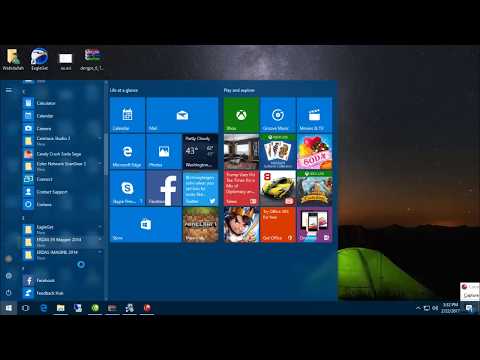

The tiled format allows raster layers to beĭisplayed and resampled quickly. See External File Format Header Object Types.ĮRDAS IMAGINE software uses a tiled format to store raster layers. The class system gives the thematic layer a discrete look, in which each class can have its own color.Īnother key feature of the ERDAS_IMG format is that it is designed to store technical and georeferencing/geocoding metadata from the source data imported as layers. Since the category values are not necessarily related, gradations that are helpful in true color mode are not usually useful in pseudo color. A "false" or "pseudo" color is used to represent each category for display. Each pixel has a single value, which is simply a numeric code for a particular category. Thematic: A thematic raster layer comprises pixels that have been classified, or put into distinct categories.The value measured at each pixel may relate to any quantity measured in a continuous range, including aerial or satellite imagery, temperature, elevation, etc. Values may represent a single band or multiple bands.

Continuous: A continuous raster layer typically represents an image captured by a sensor array comparable to a digital camera.This format is one of the formats used for data delivery via the National Map as of early 2015, in particular for the National Elevation Dataset (NED).Ī key capability of ERDAS_IMG is that it distinguishes between two types of raster layer: This description covers all chronological versions of the format because the compilers of this resource have been unable to find documentation that clearly distinguishes between formats as produced by different versions of the software.

This format is used widely for processing remote sensing data, since it provides a framework for integrating sensor data and imagery from many sources. img file extension is a proprietary, partially documented format for multi-layer geo-referenced raster images developed originally for use with ERDAS IMAGINE software. The format we are calling ERDAS_IMG to distinguish from other uses of the.


 0 kommentar(er)
0 kommentar(er)
